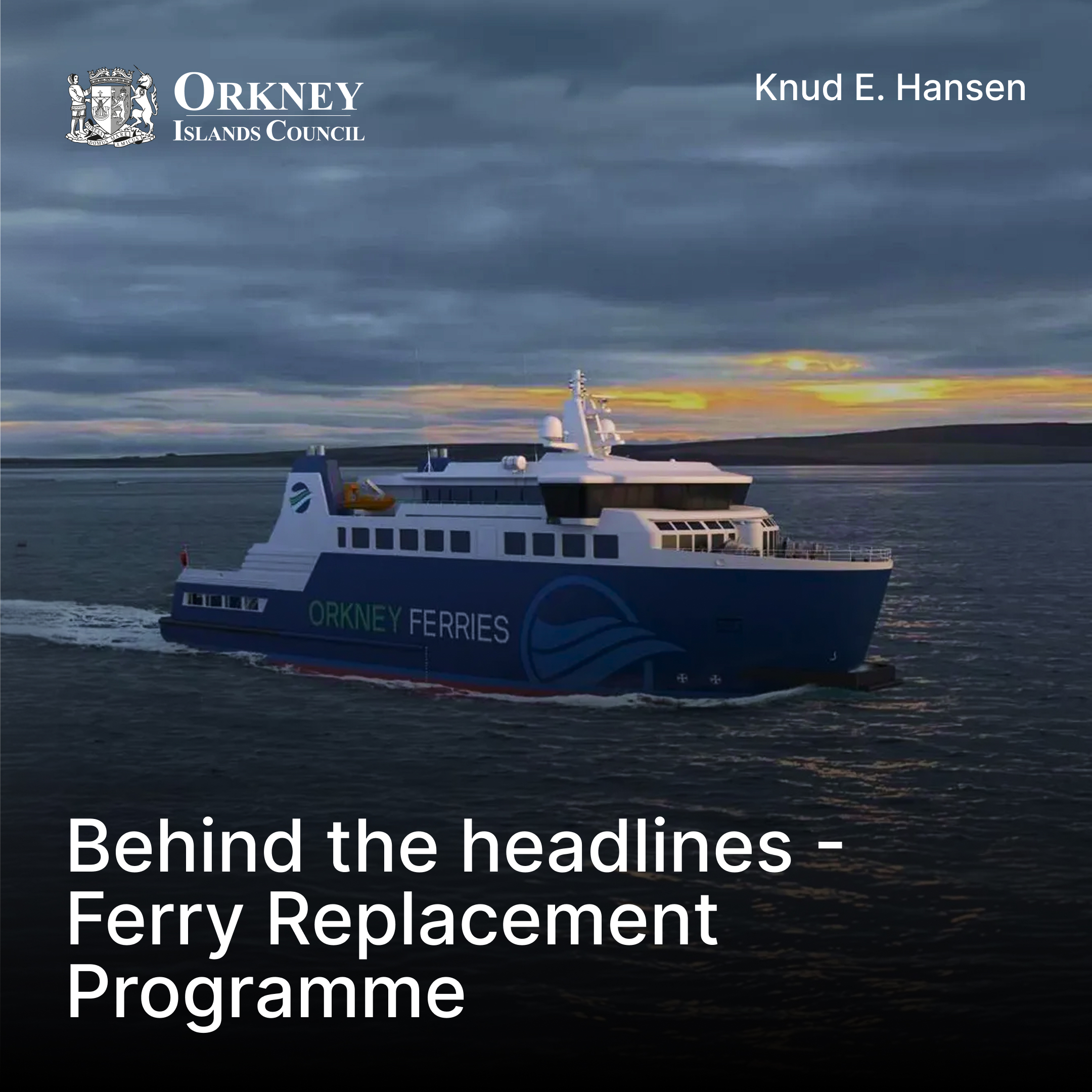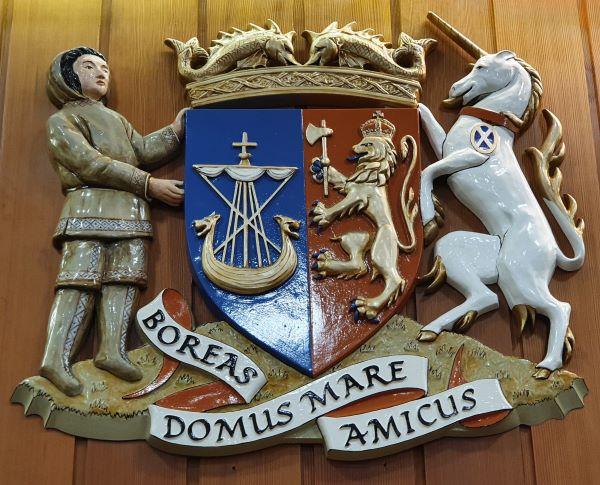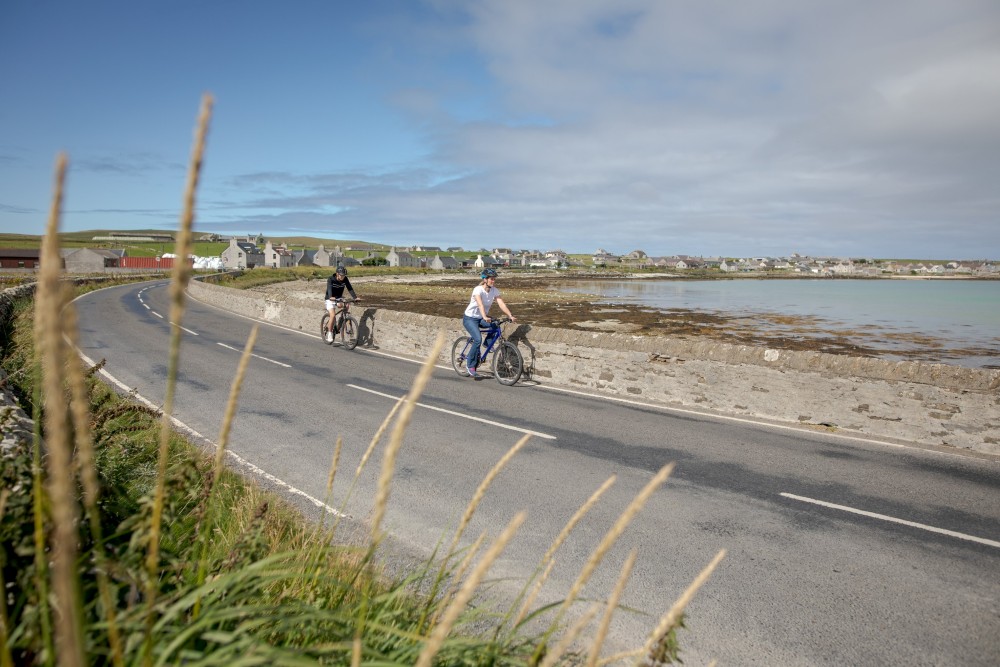Latest News
For press or media enquiries please contact the communications team by email.
-
The Orkney Islands Council (Openreach Main Street, Kirkwall) (Temporary Closure) Order 2026
Orkney Islands Council has made the above-named Order under section 14 of the Road Traffic Regulation Act 1984 to ensure the safety of the public and road users while Openreach carry out utility works.
22 January 2026
-
The Orkney Islands Council (Openreach Ballarat Road, Harray) (Temporary Closure) Order 2026
Orkney Islands Council has made the above-named Order under section 14 of the Road Traffic Regulation Act 1984 to ensure the safety of the public and road users while Openreach carry out utility works.
22 January 2026
-
The Orkney Islands Council (Watson Close, Kirkwall) (Temporary Closure) Order 2026
Orkney Islands Council has made the above-named Order under section 14 of the Road Traffic Regulation Act 1984 to ensure the safety of the public and road users while Heddle Construction Ltd. on behalf of SSEN replace an electricity sub-station.
22 January 2026
-
Behind the Headlines - Ferry Replacement Programme
Last week Orkney Islands Council received notification from the Scottish Government, as part of the Scottish Budget 2026/27, that Ministers will provide the budget required to allow the Council to complete Phase 1 of the Ferry Replacement Programme.
20 January 2026
-
Roll out of new 20mph speed limit begins across Orkney
Orkney Islands Council is to get underway with the phased introduction of the new 20mph speed limit across Orkney.
20 January 2026
-
Orkney Council Leader Urges UK Gov Funding Rethink
Cllr Heather Woodbridge, Leader of Orkney Islands Council, has written to Douglas Alexander, the Secretary of State for Scotland, urging the UK Government to provide Local Growth Fund support for the islands and review the methodology used for its allocation. This follows the Council learning it received no funding in the funding announcement on 8 January 2026, meaning the next opportunity to apply will not come for another three years.
20 January 2026
-
Occasional Licence - Norman Rendall - Orkney Theatre - Scottish Community Drama Association - Northern Division Final 2026 - 2 - 5 April 2026
The Orkney Islands Area Licensing Board has received an application for occasional licence from Norman Rendall for Orkney Theatre.
20 January 2026
-
Occasional Licence - Norman Rendall - Orkney Theatre - Scottish Opera 2026 - 7 March 2026
The Orkney Islands Area Licensing Board has received an application for occasional licence from Norman Rendall for Orkney Theatre.
20 January 2026
-
Roads update for week starting 19/01/2026
A summary of road delays and closures due to road and building/utility works and events for the week starting Monday 19/01/2026.
16 January 2026
-
New bus and cycle shelters to be installed across Orkney
Work is underway to install new and replacement bus shelters across Orkney, thanks to external grant funding from the Scottish Government.
16 January 2026









